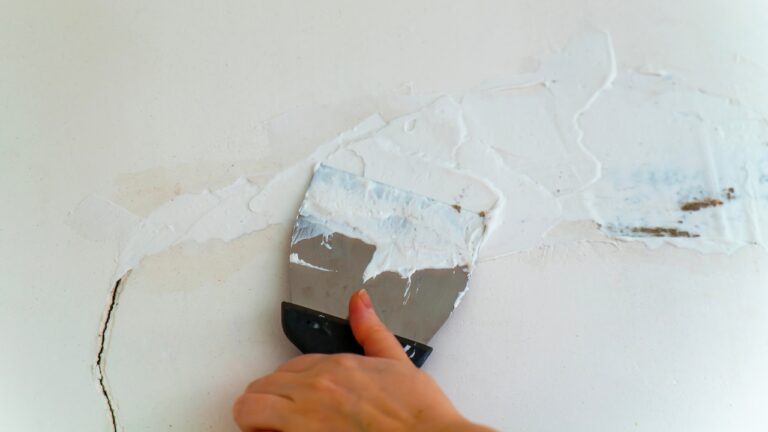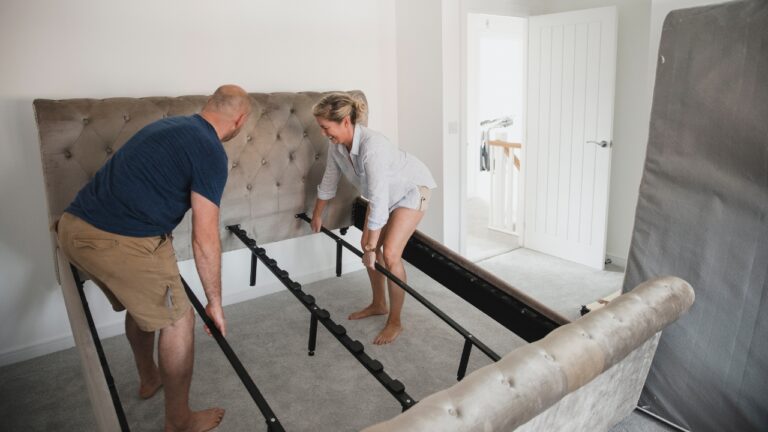7 expensive builds that look like they’re trying too hard
There’s a fine line between luxury and loud, and some new builds cross it fast. Big budgets don’t always mean good design—sometimes they highlight everything wrong with modern construction. When a house tries too hard to look impressive, it usually ends up feeling cold, mismatched, or flat-out out of place.
The homes that actually feel high-end are the ones built with balance and restraint. The ones below? They’re proof that money can’t always buy taste.
Oversized modern mansions in rural areas
Nothing looks more out of place than a sleek, all-glass mansion sitting in the middle of open pasture. These builds often ignore their surroundings completely, sticking out instead of blending in. The oversized footprint and hard edges feel harsh where natural materials would’ve softened the space.
It’s not that modern design can’t work in the country—it can. But the best builds consider the land first. Using wood, stone, and muted colors creates harmony instead of contrast that feels forced.
Faux farmhouse overload
The farmhouse trend was charming when it was rooted in practicality. Now it’s mass-produced, and many high-end “farmhouses” have nothing functional about them. You’ll see metal roofs, fake beams, and oversized front porches that serve no purpose other than looks.
What made real farmhouses timeless was utility—every feature had a reason. Copying the style without the lifestyle behind it leaves these expensive versions feeling hollow and overdone.
Complicated rooflines
Some builders try to signal “custom” by adding as many peaks and gables as possible. The result usually looks chaotic and dated before the house is even finished. Beyond appearance, those complex angles trap debris and create endless maintenance headaches.
A cleaner roofline with fewer transitions not only looks better but lasts longer. Simplicity in structure often makes a home feel more solid and intentional than one that’s trying to prove it’s impressive.
Mansion-sized garages and tiny entryways

It’s common to see massive multi-car garages taking up the front of a house, leaving the actual entryway small or hidden. It makes even the most expensive home feel off-balanced and cold from the curb.
A good design keeps proportion and flow in mind. Pulling the garage back, adding visual breaks, or emphasizing the front door makes the space feel more welcoming and less like a car showroom.
Overuse of fake stone and mixed materials
Too many exterior finishes—brick, stone, siding, stucco—can make a home look like it couldn’t make up its mind. Builders sometimes throw every texture they can find onto one house to make it look “high-end,” but it ends up busy and cheap instead.
Choosing one or two materials that complement each other will always age better. The best designs use restraint and consistency instead of trying to grab attention with every square foot.
Minimalist interiors with zero warmth
Some modern builds lean so hard into minimalism that they lose any sense of comfort. Cold flooring, white walls, and stark furniture might photograph well, but in person they feel sterile and uninviting.
Luxury shouldn’t mean lifeless. A space feels far more elevated when it’s livable—mixing textures, using natural materials, and creating warmth through lighting and depth.
Cookie-cutter “custom” homes

When every “custom” build on the block looks the same, you know someone was following a formula. These homes try to appear exclusive, but the repeated layouts, predictable finishes, and identical façades say otherwise.
True custom design reflects the people living inside, not a builder’s catalog. Quality materials, craftsmanship, and thoughtful proportion always make a home stand out more than overcompensating design choices ever will.
Like Fix It Homestead’s content? Be sure to follow us.
- I made Joanna Gaines’s Friendsgiving casserole and here is what I would keep
- Pump Shotguns That Jam the Moment You Actually Need Them
- The First 5 Things Guests Notice About Your Living Room at Christmas
- What Caliber Works Best for Groundhogs, Armadillos, and Other Digging Pests?
- Rifles worth keeping by the back door on any rural property
*This article was developed with AI-powered tools and has been carefully reviewed by our editors.







